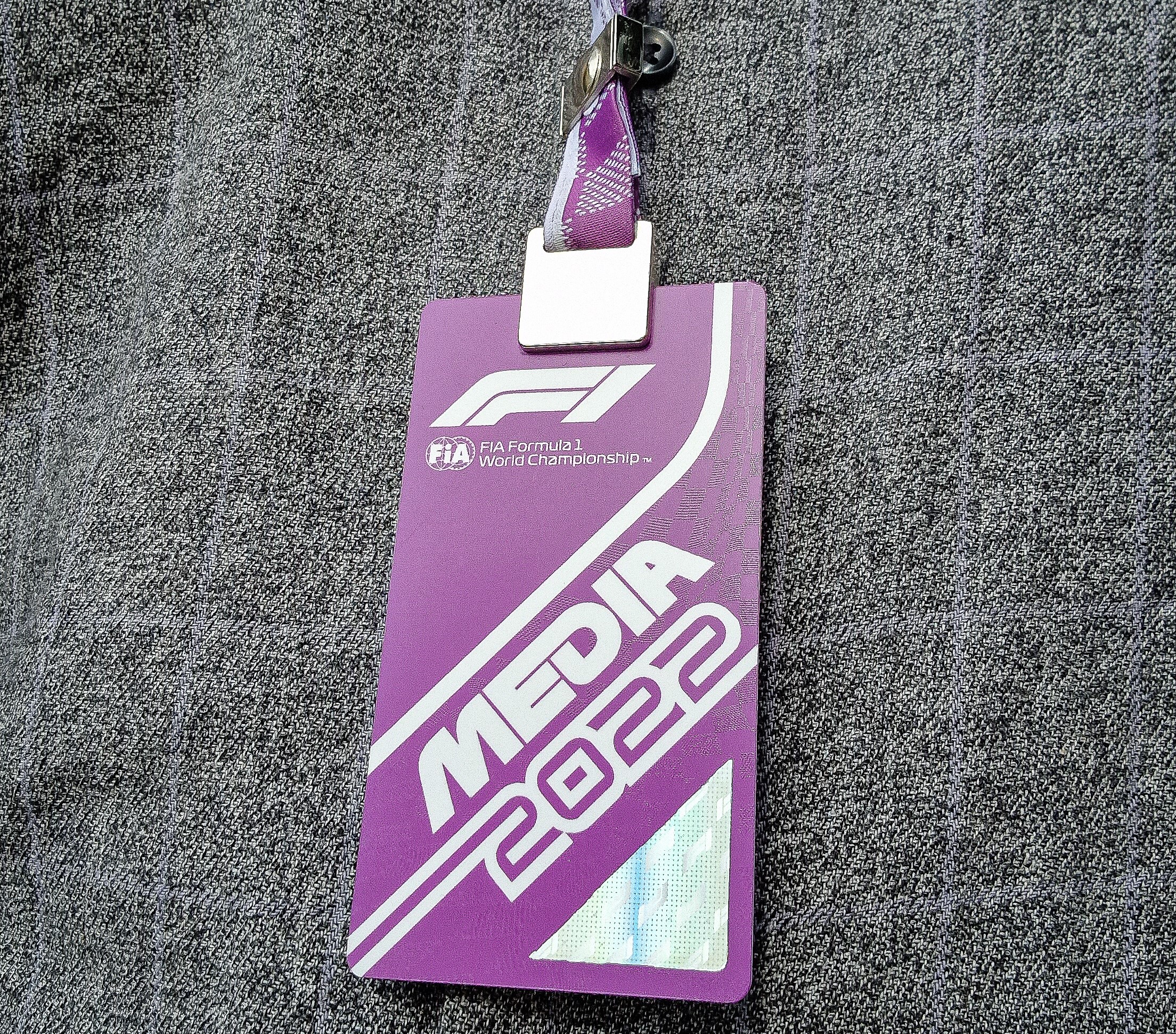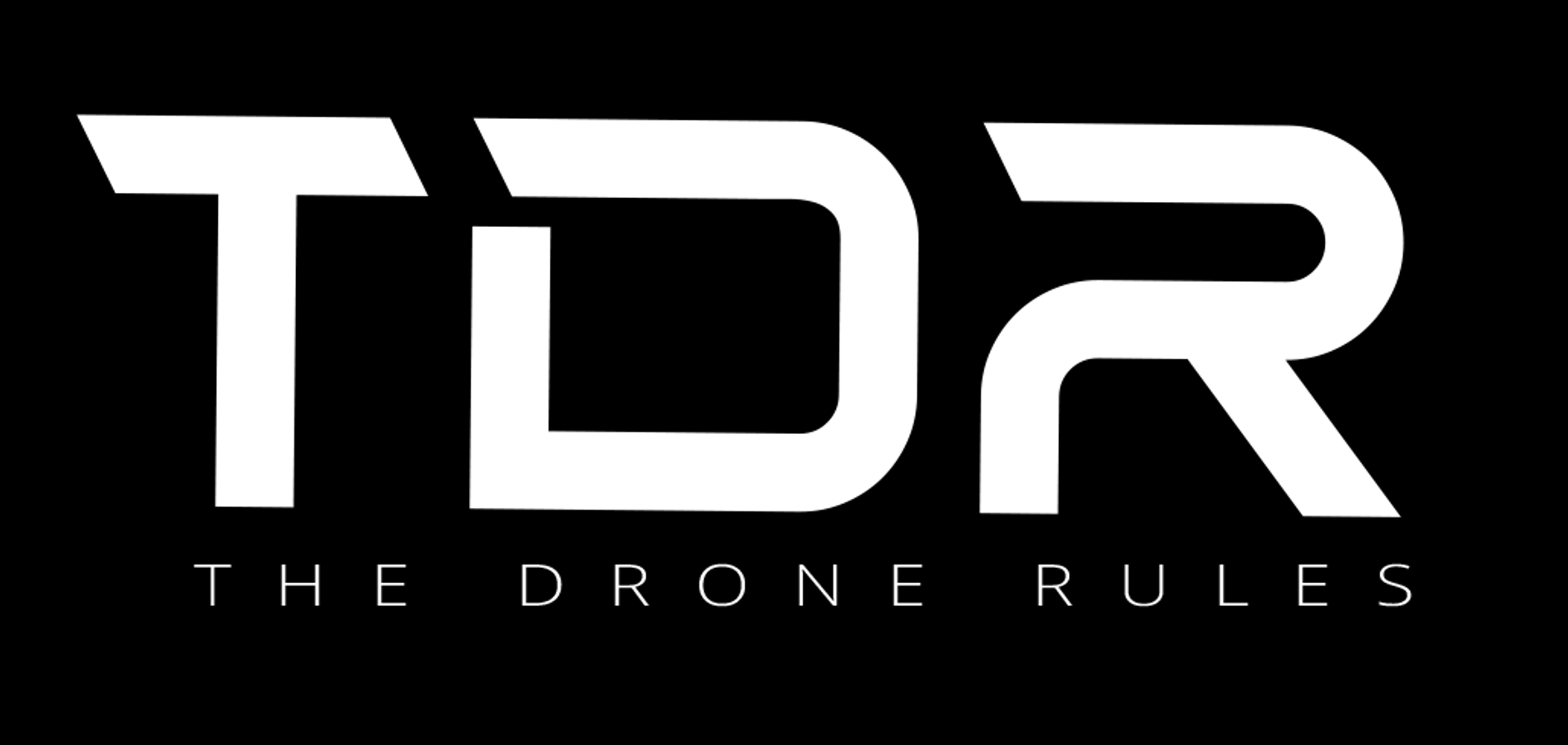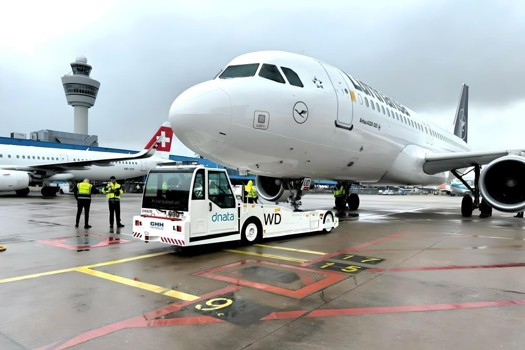Formula for Success.
Working alongside the best aerial camera company to support live Formula 1, 2 & 3 broadcasting in Europe
Read further down, how we worked alongside a specialist TV and Cinema company that covered the most prestigious and largest motor-sport event in the world.
Operational Authorisations
Days
In Attendance
Viewership World-Wide
Motorsport meets Aviation
It’s not every day you get flown across Europe to help unlock drone operations at a globally broadcast motorsport event – especially when the mission involves cutting-edge aerial camera systems, rarely seen in action, operating in one of the most tightly regulated environments imaginable.
The challenge? To trial a relatively large FPV system capable of flying at speeds comparable to an F1 car, in shared airspace with other users, just tens of metres from packed grandstands—and all under the watchful eyes of the aviation authority, both physically on-site and live-streaming the action. High stakes? Absolutely. Complex? You bet.

Travelling around the iconic Zandvoort Circuit—both walking trackside and safely driving the course—brought the full scope of risk into focus.
On the ground, we were surrounded by dense assemblies of spectators, all within metres of potential flight zones.
In the sky, the airspace was already alive with activity: low-flying helicopters covering the race, fixed-wing aircraft towing sky banners over adjacent areas, and the ever-present threat of rogue drones adding an unpredictable element.
The Challenge
How does a British based company operate:
– An FPV System capable of flying at incredibly high speeds,
– in close proximities to assemblies of people within an F1 open air stand
– With another Air User (A Helicopter covering the same event)
This wasn’t just a case for robust operational planning—it demanded finely tuned tactical mitigations. These included clearly defined airspace volumes with strict temporal separation from other air users, trained observers maintaining direct visual line of sight to the FPV system at all times, and geo-awareness fail-safes for immediate recovery in the event of anomalies.
On the ground, barrier zones and controlled take-off/landing areas were reinforced by real-time communications with event safety teams and local authorities. Every second of flight had to be justified, defensible, and—above all—safe.
Safety First: Developing a SORA
A highly complex Operational Authorisation was required—demanding a robust and compliant (EASA) SORA.
Attaining Qualifications: Recognised Training Entities
Given the specialised nature of the operation, all remote pilots and crew were required to hold qualifications from Recognised Training Entities (RTEs), ensuring the highest standard of competency and compliance.
CAA (ILT) Audit
Two CAA ILT (Inspectie Leefomgeving en Transport) representatives were physically present, observing the full session to assess compliance and safety in real time.

Videos From Past Events
Get in Touch
Sed porttitor lectus nibh. Praesent sapien massa, convallis a pellentesque nec, egestas non nisi. Sed porttitor lectus nibh. Pellentesque in ipsum id orci porta dapibus. Proin eget tortor risus. Curabitur non nulla sit amet nisl tempus convallis quis ac lectus.


